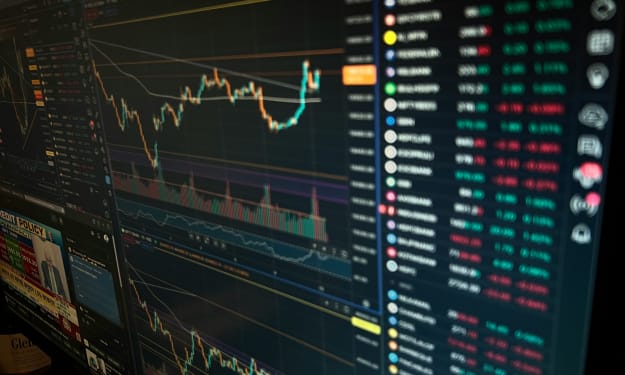The Argentine Great Depression
Greatest Depression

The Argentine Great Depression was a period of economic downturn in Argentina that lasted from 1998 to 2002. It was characterized by a severe recession, high unemployment, and a sharp devaluation of the Argentine peso. The crisis was triggered by a combination of factors, including the government's over-reliance on borrowing and printing money to finance spending, a lack of fiscal discipline, and a failure to implement necessary economic reforms.
The devaluation of the peso led to a sharp increase in the cost of imports, causing inflation to soar. This, in turn, led to a decline in purchasing power and a decrease in consumer demand. The economic downturn also led to a sharp increase in poverty and unemployment.
The government of Argentina at the time, implemented a number of measures to try to alleviate the crisis, such as freezing utility prices, implementing price controls on some goods, and increasing government spending. But none of these measures were sufficient to turn the economy around.
The Argentine Great Depression was one of the worst economic crises in the country's history and had a severe impact on the lives of many Argentines. It led to a loss of confidence in the government and the political system, and contributed to the country's ongoing economic problems.
The Argentine Great Depression was a period of economic downturn that had a severe impact on the country's economy and society. One of the main causes of the crisis was the government's over-reliance on borrowing and printing money to finance spending. This led to an overvaluation of the peso and a large trade deficit.
The government also failed to implement necessary economic reforms, such as reducing public spending, promoting labor market flexibility, and opening the economy to foreign trade and investment. This made the country's economy more vulnerable to external shocks.
The devaluation of the peso in 2001, led to a sharp increase in the cost of imports, causing inflation to soar, reaching over 20% by the end of the year. This, in turn, led to a decline in purchasing power and a decrease in consumer demand.
The economic downturn also led to a sharp increase in poverty and unemployment. Many businesses went bankrupt, and many people lost their jobs. The unemployment rate reached almost 25% and the poverty rate reached over 50%.
The government's response to the crisis was criticized as inadequate. They implemented a number of measures to try to alleviate the crisis, such as freezing utility prices, implementing price controls on some goods, and increasing government spending, but none of these measures were sufficient to turn the economy around.
The Argentine Great Depression had a profound impact on the country's politics, social structure, and overall development. It led to a loss of confidence in the government and the political system, and contributed to the country's ongoing economic problems. It also led to a rise in populist political movements, as well as increased social unrest and protests.
In conclusion, The Argentine Great Depression was a severe economic crisis that had a profound impact on the country's economy and society, it was the result of a combination of economic mismanagement and lack of structural reforms that led to a severe recession and a loss of confidence in the government and the political system.





Comments
There are no comments for this story
Be the first to respond and start the conversation.